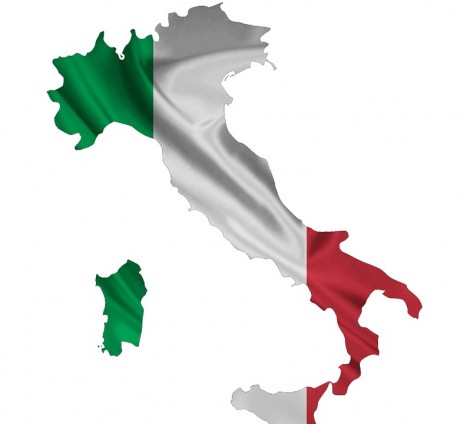
The Italian banking system is a “leaning tower” that truly could completely collapse at literally any moment. And as Italy’s banks begin to go down like dominoes, it is going to set off financial panic all over Europe unlike anything we have ever seen before. I wrote about the troubles in Italy, but since that time the crisis has escalated.
At this point, Italian banking stocks have declined a whopping since the beginning of 2016, and when you look at some of the biggest Italian banks the numbers become even more frightening. On Monday, shares of Monte dei Paschi were down 4.7 percent, and they have now plummeted 56 percent since the start of the year. Shares of Carige were down 8 percent, and they have now plunged a total of 58 percent since the start of the year. This is what a financial crisis looks like, and just like we are seeing, the problems in Italy appear to be significantly accelerating.
So what makes Italy so important?
Well, we all saw how difficult it was for the rest of Europe to come up with a plan to rescue Greece.But Greece is relatively small – they only have the 44th largest economy in the world.
The Italian economy is far larger.Italy has the 8th largest economy in the world, and their government debt to GDP ratio is currently sitting at about 132 percent.
There is no way that Europe has the resources or the ability to handle a full meltdown of the Italian financial system.Unfortunately, that is precisely what is happening.Italian banks are absolutely drowning in non-performing loans, and as Jeffrey Moore has noted, this potentially represents “the greatest threat to the world’s already burdened financial system”…
Shares of Italy’s largest financial institutions have plummeted in the opening months of 2016 as piles of bad debt on their balance sheets become too high to ignore.Amid all of therisks facing EU members in 2016, the risk of contagion from Italy’s troubled banks poses the greatest threat to the world’s already burdened financial system.
At the core of the issue is the concerning level of Non-Performing Loans (NPL’s) on banks’ books, with estimates ranging from 17% to 21% of total lending.This amounts to approximately €200 billion of NPL’s, or 12% of Italy’s GDP. Moreover, in some cases, bad loans make up an alarming 30% of individual banks’ balance sheets.











Leave A Comment